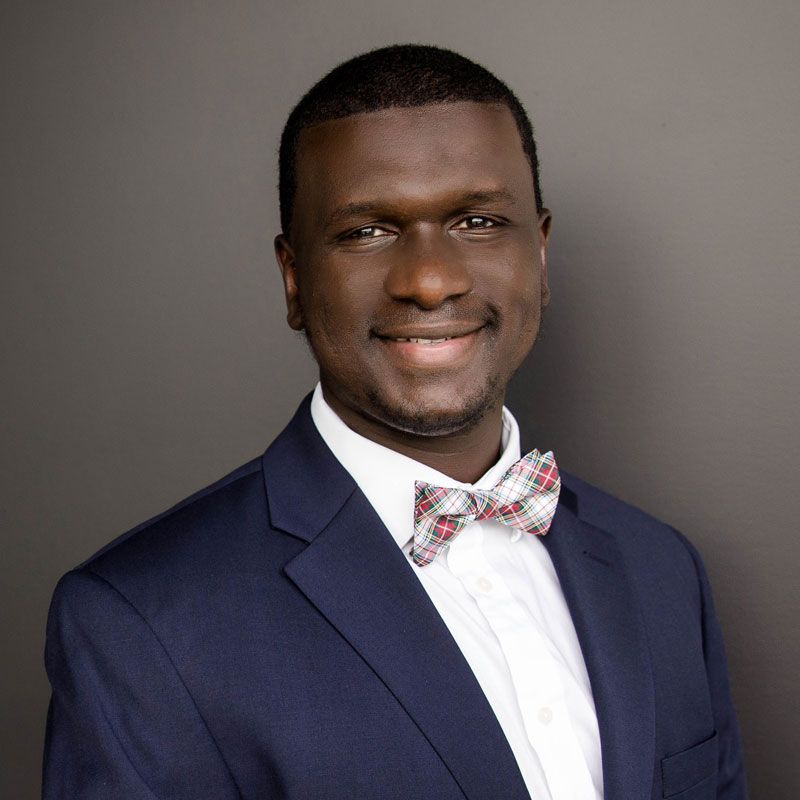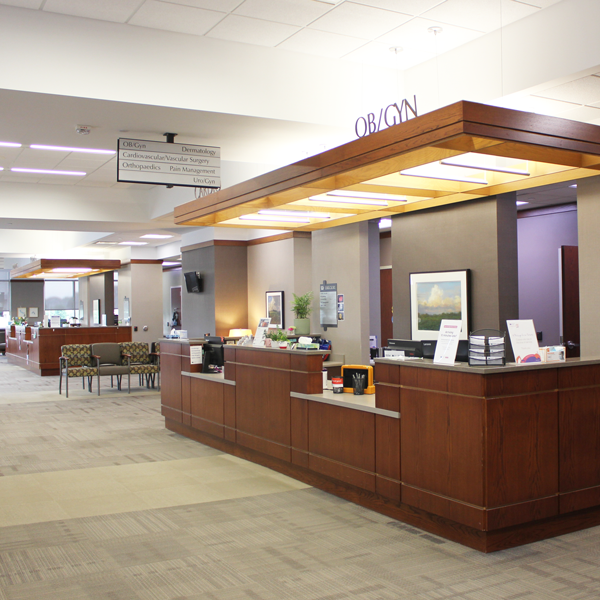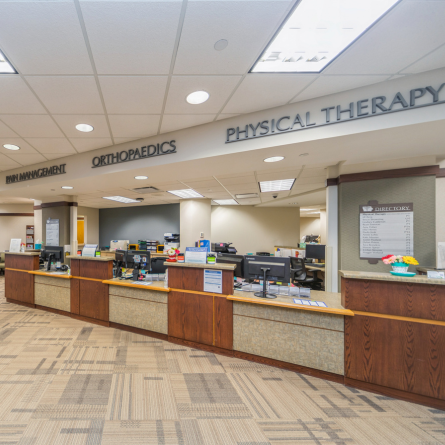Shoulder Injuries & Pain Conditions We Treat
Shoulder replacements and revisions are necessary for a variety of conditions, including osteoarthritis, osteonecrosis, fractures, rheumatoid arthritis, rotator cuff injuries and inflammatory disorders that damage the shoulder bones and cartilage.
AC Separations
Frozen Shoulder
Labral and SLAP Tears
Osteoarthritis
Pectoralis Major Tendon Tears
Rotator Cuff Tears
Shoulder Cysts
Shoulder Dislocations
Shoulder Fractures
Shoulder Impingement
Shoulder Treatments & Procedures We Provide
You have options for your shoulder injury. Before it gets to surgery, we exhaust the different treatment and pain management options and weigh your risk of further injury against the effects of surgery.
Clavicle Fractures Surgery
Shoulder Injury Physicians & Providers
Find Joint Replacement care at an Iowa Clinic location nearest to you.




